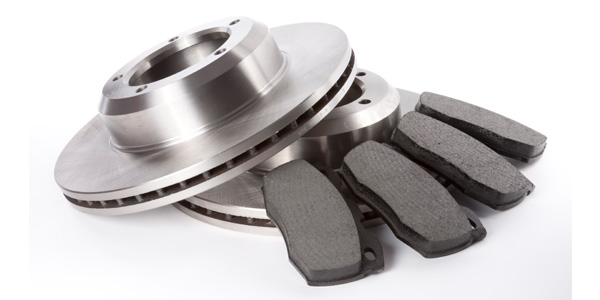
A common question every counter pro has to answer on a regular basis is, “What brake pads do I need?” The answer isn’t as straightforward as it may seem.
If your customer is an independent repair facility or a professional technician, you likely will be selling premium-level brake pads. Most shops don’t want to do the job twice for the same price, so a few extra bucks for a premium pad is worth it for the peace of mind. If you’re selling to a DIYer, though, price might trump quality, but that can depend on the vehicle owner’s driving style, vehicle brand and age.
Braking is a compromise between several factors. First, there’s the type of driving. Is the customer driving in the city with a lot of stop-and-go situations, or mostly on the highway? City driving can be hard on the brake system and can create more heat in the components. Highway driving is easier on brakes for obvious reasons.
To make the right recommendation for you customer, you need to know about three types of brake pads. First, there are the non-asbestos organic (NAO) lined pads. Organic pads are made from natural compounds such as glass, rubber, carbon and a little bit of copper, among materials that go into making the resin for the linings.
Semi-metallic pads are a popular choice for aftermarket linings because they offer improved stopping performance over stock OE pads, in most cases. Semi-metallic pads are a more abrasive material, which is why they offer better stopping power. However, they tend to be noisy, which some customers won’t like.
Ceramic pads are the most popular for daily driven vehicles, and they come standard on the majority of cars built today. The advantages of ceramic materials are many, but high performance and towing aren’t among them. If your customer plans to run track days or tow a boat, these aren’t the brake pads to have. That said, most of your premium pads and stock replacement OE-quality pads are ceramic.
The key to selecting brake-pad materials is to talk to your customer and find out what they type of driving they’ll be doing. Is the car more than 10 years old? Owners of European vehicles tend to spend more on replacement brakes. Heavy city driving is hard on brakes, and some pad linings don’t dissipate heat as well as others for those who enjoy more “spirited” driving. It’s all a compromise, but you can help your customer make a more educated selection.












